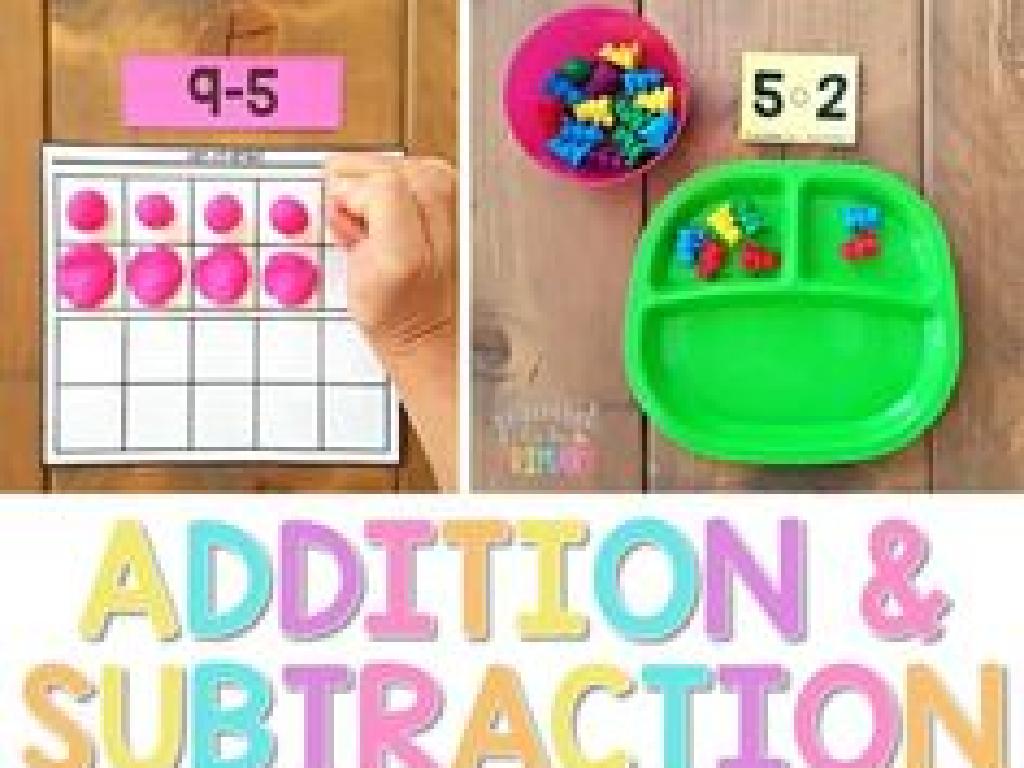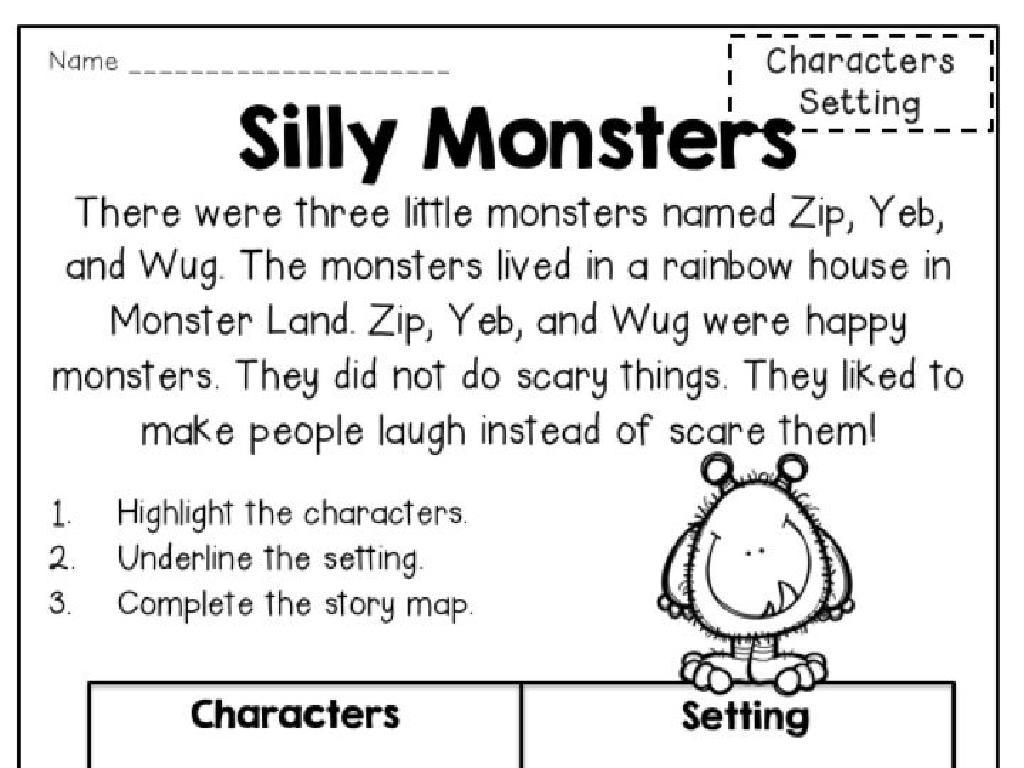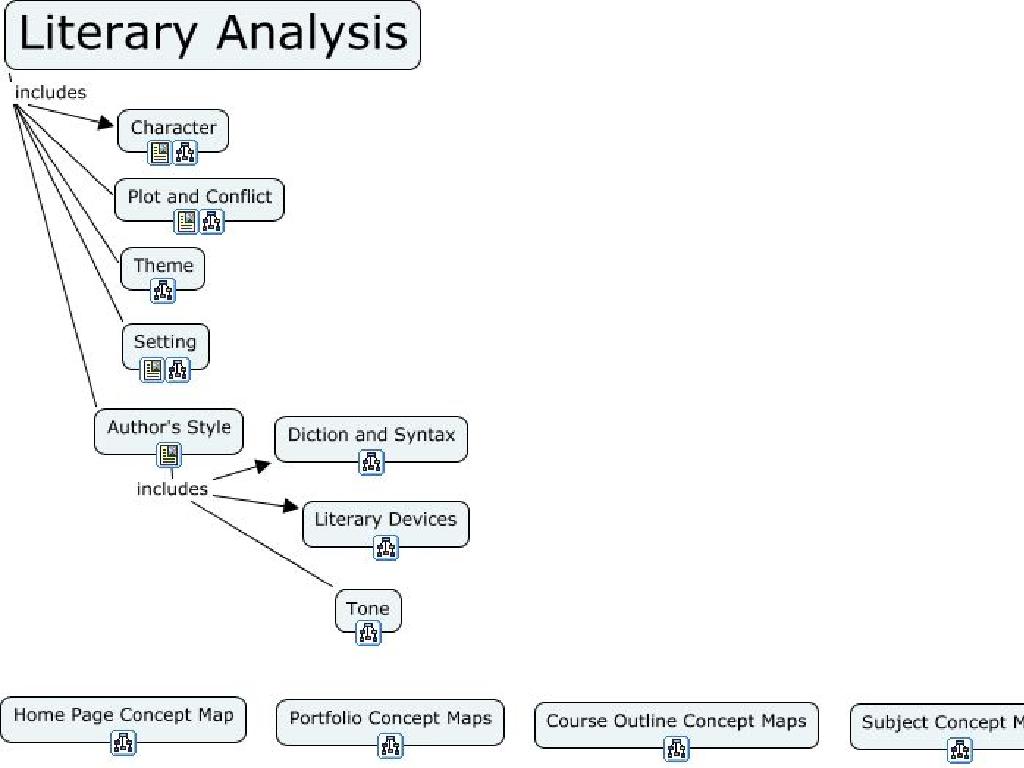Identify The Thirteen Colonies
Subject: Social studies
Grade: Seventh grade
Topic: Colonial America
Please LOG IN to download the presentation. Access is available to registered users only.
View More Content
Exploring the Thirteen Colonies
– Introduction to Colonial America
– What are colonies?
– Settlements ruled by a foreign power
– Overview of the Thirteen Colonies
– Names and regions of the original colonies
– Significance in American history
– Foundations of the United States
|
This slide introduces students to the concept of Colonial America, setting the stage for understanding the Thirteen Colonies. Begin with a brief overview of Colonial America, explaining the period and its importance. Clarify the concept of a colony as a settlement under the control of a distant country. Provide a preview of the Thirteen Colonies, including their names and geographical locations. Emphasize their significance as the building blocks of what would become the United States. Encourage students to think about how these colonies might have contributed to the culture and governance of the country today. This will prepare them for a deeper dive into the political, economic, and social aspects of each colony in subsequent lessons.
Understanding Colonies in Colonial America
– Define a colony
– A territory under the immediate political control of a state
– Reasons for colonization
– Economic gain, religious freedom, and new opportunities
– Colonial life and settlement
– Daily life, social structure, and self-governance
– Impact on history and culture
|
This slide aims to introduce students to the concept of a colony within the context of Colonial America. Begin by defining a colony as a territory governed by a foreign power and discuss the various reasons why European powers, particularly the British, established colonies in the New World. These reasons include the pursuit of economic benefits, the desire for religious freedom, and the search for new opportunities. Delve into what life was like for the settlers, including their daily routines, social hierarchies, and forms of self-government that emerged. Highlight how these early settlements have had a lasting impact on American history and culture. Encourage students to consider how the motivations for and experiences within these colonies have shaped the United States’ development.
Exploring the Thirteen Colonies
– Names & locations of the 13 Colonies
– The colonies included Massachusetts, Virginia, Pennsylvania, New Jersey, Georgia, Connecticut, Maryland, South Carolina, New Hampshire, New York, North Carolina, Rhode Island, and Delaware.
– Characteristics of New England Colonies
– The New England Colonies were known for their harsh climate, which influenced their economy and lifestyle, focusing on fishing, shipbuilding, and trade.
– Features of the Middle Colonies
– The Middle Colonies were known for their diversity and rich farmlands, producing grain crops like wheat and being called the ‘Breadbasket colonies’.
– Life in the Southern Colonies
– The Southern Colonies had warm climates and fertile soil, making them ideal for agriculture and cash crops like tobacco and cotton.
|
This slide introduces students to the Thirteen Colonies, their names, locations, and regional characteristics. Emphasize the geographical and climate differences that shaped the economy and culture of each colonial region. New England had a colder climate, leading to an economy based on fishing, shipbuilding, and trade. The Middle Colonies were characterized by cultural diversity and fertile land, making them the center for grain crops. The Southern Colonies’ warm climate and fertile soil supported a plantation-based economy with cash crops. Encourage students to think about how geography and climate can influence the development of a region’s economy and society.
Economic Activities in the Thirteen Colonies
– Agriculture’s role in the economy
– Crops like tobacco and cotton were vital.
– Influence of resources and geography
– Mountains, rivers, and soil affected settlement and trade.
– Trade and commerce practices
– Colonies traded goods with Europe and among themselves.
– Comparing regional economies
– Northern, Middle, and Southern colonies had distinct economies.
|
This slide aims to give students an understanding of the economic foundations of the Thirteen Colonies. Agriculture was the backbone, with crops like tobacco, cotton, and rice being significant for the Southern economy. Geography played a crucial role, with natural resources influencing the economic activities; for example, the presence of harbors facilitated trade. The trade and commerce included both transatlantic trade with Europe and intercolonial trade. It’s important to highlight the differences among the economies of the Northern, Middle, and Southern colonies, shaped by their respective geographies and resources. Encourage students to think about how these economic activities could have influenced social and political life in the colonies.
Daily Life in the Thirteen Colonies
– Social classes impact on family
– Varied by colony and wealth; large families common
– Education’s role in society
– Valued differently across colonies; some had public schools
– Religion’s influence on community
– Central to colonial life; varied among colonies
– Community events and unity
– Harvest festivals, town meetings fostered unity
|
This slide aims to give students a glimpse into the everyday life of people in the Thirteen Colonies. Discuss the structure of social classes and how they affected family life, with emphasis on the roles of different family members. Explore the importance of education and literacy, noting the differences in educational access between colonies. Highlight the role of religion in providing moral guidance and shaping community events. Finally, discuss how community events like harvest festivals and town meetings were essential for maintaining social cohesion and democratic participation. Encourage students to compare and contrast these aspects with modern American life.
Colonial Government in the Thirteen Colonies
– Forms of colonial government
– Various systems: Royal, Proprietary, and Charter colonies
– Self-governance in the colonies
– Colonists had a say in their laws and governance
– Town meetings’ significance
– Local decisions made by community voting
– Colonial assemblies’ role
– Assemblies acted as local legislatures, influencing laws
|
This slide aims to introduce students to the different forms of government that existed in the Thirteen Colonies and the early concepts of self-governance that were taking root. Explain the differences between Royal, Proprietary, and Charter colonies, emphasizing how these forms determined the level of self-governance permitted. Highlight the importance of town meetings as a place where colonists could voice their opinions and vote on local matters. Discuss the role of colonial assemblies, which functioned similarly to a modern-day legislature, and how they contributed to the development of representative government. Use examples from specific colonies to illustrate these concepts. Encourage students to think about how these early forms of governance may have influenced the political system of the United States today.
Map Activity: Locate the Thirteen Colonies
– Identify and label the Thirteen Colonies
– Discuss colony significance
– Why was each colony’s location important?
– Understand geography’s impact
– How did geography influence economy and culture?
– Group map completion activity
|
This activity is designed to help students visually connect with the geography of early America and understand the significance of each colony’s location. Provide students with blank maps and have them label each of the Thirteen Colonies. Encourage discussion on why certain colonies were established in their specific locations and how geography influenced their development, economy, and culture. Divide the class into small groups to foster teamwork and ensure each student participates in the map completion. Possible variations of the activity could include assigning each group a specific region (New England, Middle, or Southern Colonies) to focus on, or having students research and present interesting facts about their assigned colonies.
Exploring the Thirteen Colonies
– Compare colonies’ similarities
– Geography’s impact on life
– How did mountains, coastlines, and climate shape life?
– Economic influences on daily activities
– Consider trade, agriculture, and resources
– Reasons behind seeking independence
– Discuss taxation, governance, and freedom aspirations
|
This slide is meant to foster a class discussion on the Thirteen Colonies. Encourage students to think critically about the similarities and differences among the colonies, such as religion, governance, and culture. Discuss how geography influenced the economy, with a focus on how the natural environment affected agricultural practices, trade routes, and daily life. Explore the economic factors that led to the colonies’ desire for independence, touching on issues like taxation without representation and the quest for self-governance. Provide examples like the differing economies of the New England colonies (shipping and trade) versus the Southern colonies (agriculture and plantations). This will help students understand the complex factors that led to the American Revolution.
Review and Reflection: The Thirteen Colonies
– Recap of the Thirteen Colonies
– Significance in American history
– The colonies laid the foundation for modern-day USA
– Connecting past to present
– Understanding the origins helps comprehend current social, political structures
– Reflect on Colonial America’s impact
|
This slide aims to consolidate the students’ knowledge about the Thirteen Colonies and their pivotal role in shaping the United States. Begin with a brief recap of each colony, highlighting key facts and figures. Emphasize the importance of these colonies in the broader context of American history, including the development of democratic principles and early economic systems. Encourage students to reflect on how the colonial era influences contemporary American society, including the legal system, culture, and values. This reflection will help students appreciate the historical continuity and understand the relevance of history in their own lives. Engage the class in a discussion to draw parallels between the past and present, fostering a deeper understanding of the nation’s roots.
Class Activity: Create Your Own Colony
– Form groups to design a 14th colony
– Choose location and economy
– Consider climate, resources, and trade
– Decide on government structure
– Monarchy, democracy, or other? Why?
– Describe daily life in the colony
– What jobs, homes, and schools are like?
|
This activity encourages students to apply their knowledge of the original Thirteen Colonies by imagining what it would be like to establish a new colony. Divide the class into small groups and assign each group the task of creating a fictional 14th colony. They should consider factors such as geographical location, which will influence the economy and available resources. They must also decide on the type of government and explain their choice, considering the pros and cons of different government systems. Lastly, they should describe the daily life of the colonists, including jobs, homes, education, and social interactions. After the activity, each group will present their colony to the class, providing a rationale for their choices. This will help students better understand the complexities of establishing a colony and the factors that influenced the development of the original Thirteen Colonies. Possible variations of the activity could include creating a colony on a different continent, in a different historical period, or with alternative technological advancements.






